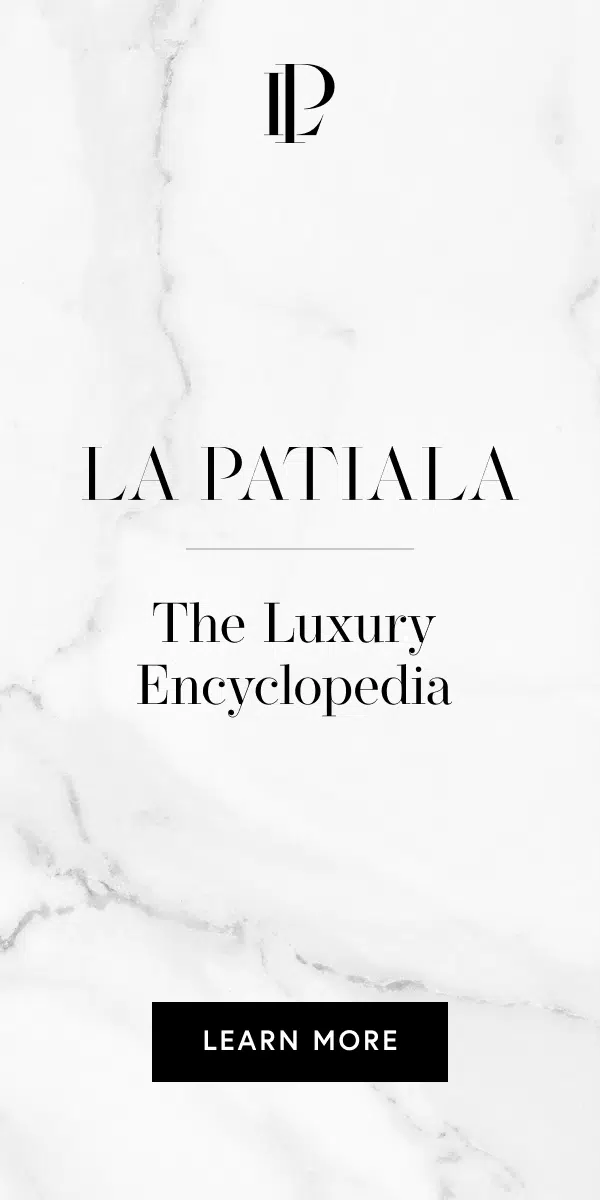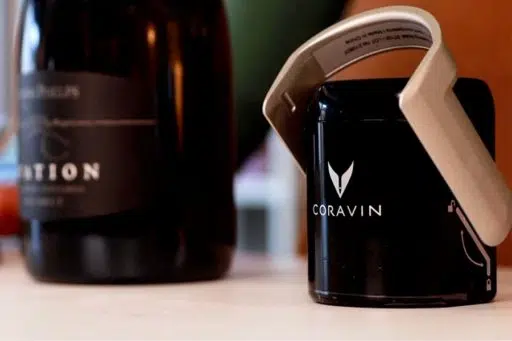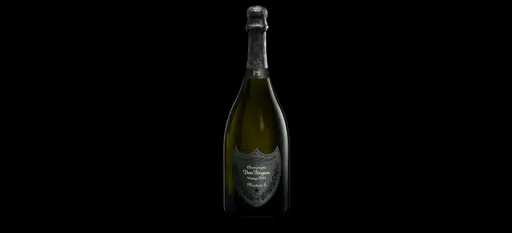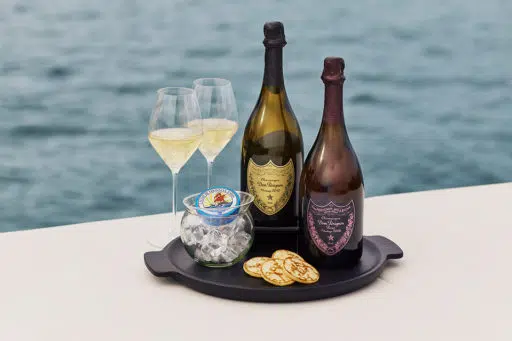The Best Sparkling Wine From Around the World
Don’t be afraid to look beyond Champagne — there are plenty of regions around the world that make incredible sparkling wines.
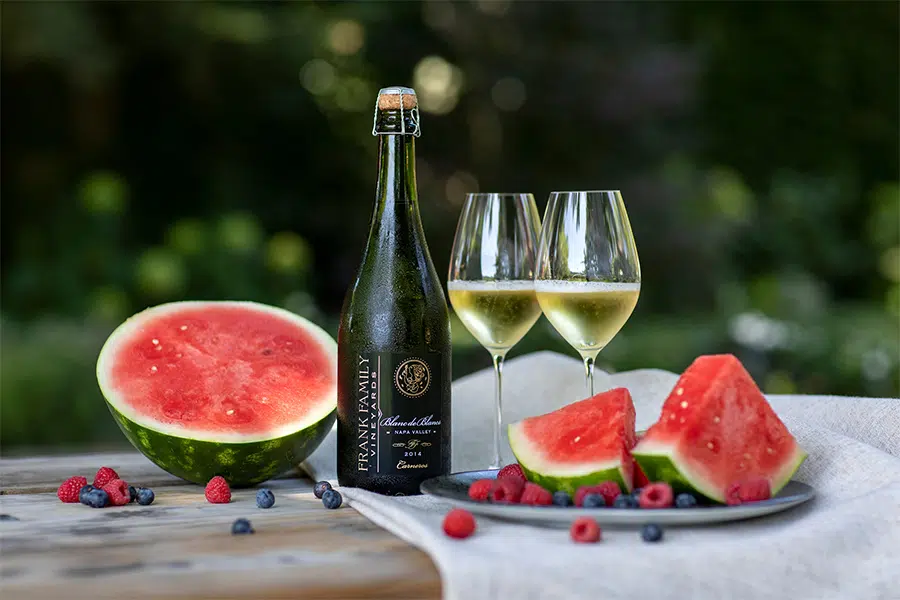
When it comes to sparkling wine, Champagne might get all of the attention, but that doesn’t mean you should ignore other sparkling wines. Only sparkling wine produced in the Champagne region of France using the traditional method can be called Champagne. In the traditional method, the wine undergoes a secondary fermentation in the bottle in which it is sold, which gives the wine its sparkle. However, world-class producers from California, Australia, South Africa, France, Italy, and Germany create fabulous sparkling wine using the traditional method pioneered in Champagne.
While few of these sparkling wines can match the elegance and complexity of the top Champagne cuvées, I’d rather drink many of them than some of more popular non-vintage Champagnes, which can be somewhat uninspired. Here, I’ve rounded up the best regions around the world that produce sparkling wine and recommended some of my favorite producers from each.
What is the Traditional Method in Sparkling Wine?
The traditional method of making sparkling wine originated in Champagne. First, Chardonnay, Pinot Noir, and/or Pinot Meunier grapes undergo a first alcoholic fermentation to create a neutral base wine with high levels of acidity. Next, winemakers blend the wine to create their house style. After the blending process, they bottle the wine with a mixture of sugar, yeast, and yeast nutrients called the liqueur de tirage and seal it with a crown cap (like a beer bottle). This makes the wine undergo a second alcoholic fermentation. But this time, the carbon dioxide produced during the fermentation process can’t escape the sealed bottle, and, therefore, it dissolves back into the wine. This is what creates the sparkle in sparkling wine.
After the fermentation finishes, the yeast dies and falls to the bottom of the bottles. This sediment is called the lees. If a wine ages on the lees, it absorbs some of the characteristics of the yeast, called autolytic character. As a result, the wine has notes of brioche, pastry, bread, and yeast. Champagne is renowned for its combination of fresh fruit and these flavors. After the wine ages on the lees, it is disgorged, which removes the dead yeast. Finally, winemakers top it up with a mixture of wine and sugar to balance the acidity, and then they bottle it for sale.
The United States
The California coast has the perfect terroir and cooler climate for producing incredible sparkling wines. Many of Champagne’s top producers flocked to the region in recent decades to open their own California outposts, including Roederer Estate and Chandon. Of course, some of California’s best wineries produce wonderful sparkling wines, too.
Joseph Phelps’ Ovation is a vintage sparkling wine produced in the traditional method. It ages the wine on the lees for five years, which gives it a richness and complexity in the nose that California sparkling wines sometimes miss.
Frank Family Vineyards specializes in sparkling wines, producing Blanc de Blancs, brut rosé, and even sparkling reds. The Lady Edythe Reserve Brut is its prestige cuvée. It spent six years on the lees, with another six months post disgorgement. The Chardonnay-driven blend is powerful and fresh.
Jean-Claude Rouzaud, the former president of Champagne Louis Roederer, founded Roederer Estate in Anderson Valley, California. It owns all of its vineyards and creates stunning estate sparkling wines, both non-vintage and vintage. Roederer only produces L’Ermitage in the best years from the best grapes and is well worth seeking out.
Of course, there are plenty of somewhat more affordable bubbles from California. These are perfect for casual weeknight dinners, mimosas, or a party. We recommend Chandon, which is nicely balanced and has a touch of pastry on the nose.
Italy
While Italy may be synonymous with Prosecco, it also has some top regions where producers create traditional-method sparkling wine. Prosecco sometimes gets a bad rap for being too sweet and simple, but there are some great examples out there.
First, let’s look at Prosecco. Prosecco is made in fresh fruity styles intended for early consumption and does not use the traditional method. This means that it doesn’t have the strong autolytic characteristics of Champagne. Many people prefer fruiter, more simple wines and love Prosecco for its purer fruit flavors. Mionetto is a large Prosecco producer. It has some very inexpensive bottles, but also the more complex Prosecco Valdobbiadene Superiore di Cartizze DOCG Dry. The classification “dry” is a bit misleading in wine. Here, dry is actually sweeter than brut wines and has noticeable levels of residual sugar. This wine is subtly sweet and nicely balanced.
Trento DOC, also called Trentodoc, is a region in Northern Italy that specializes in traditional-method sparkling wine. Here, it’s called Metodo Classico. One of the first producers here was Ferrari winery, which Giulio Ferrari started in 1902 with the goal of creating sparkling wines that rivaled the finest Champagnes. It produces a variety of sparkling wines today ranging from classic brut and rosé all the way up to reserve vintages in the Giulio Ferrari Collezione. Franciacorta is another fabulous Italian sparkling wine.
Spain
Cava is Spain’s answer to Champagne. It is produced in the traditional method and aged for a minimum of nine months on the lees. Some top producers age for much longer. You’ll notice more of the autolytic character in Cava than in Prosecco, and Cava is typically a brut style.
Kripta Brut Nature Cava Gran Reserva takes it to the next level. Brut Nature sparkling wines don’t use any dosage, an addition that sweetens the wine, so all sugar is naturally occurring. The wine spends four years on the lees, so it has plenty of yeasty notes, but it still keeps the fresh fruit Cava is known for.
There is quite a bit of inexpensive Cava out there, so look out for Corpinnat, too. This sparkling wine is made from 100% organic, sustainable vineyards. Winemakers vinify it on the estate and age the wine for a minimum of 18 months.
South Africa
South Africa makes plenty of sparkling wine in the traditional method. These wines earn the designation Méthode Cap Classique, or MCC for short. They are high-quality wines yet tend to be rather inexpensive. I’ve heard them described as Champagne quality at Prosecco prices. One of the better-known South African sparkling wines is Graham Beck, which earned the seal of approval of both Nelson Mandela and Barack Obama, who marked important occasions with the bubbly.

